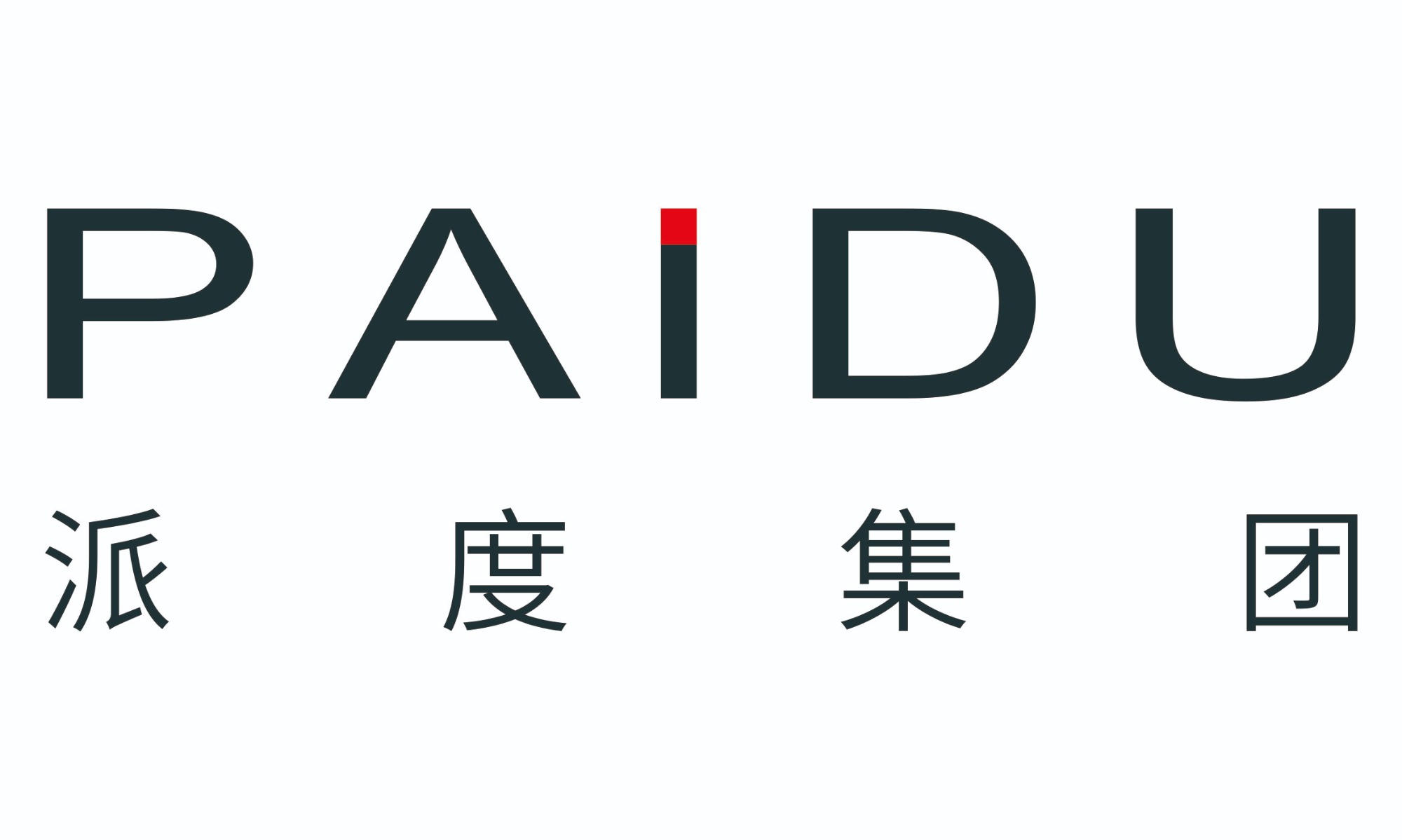The rubber industry is still in a period of rapid capacity expansion in the next few years
Natural rubber has a long growth cycle, taking about 10 years from planting to yield release. Changes in supply often lag behind changes in demand, which easily leads to an imbalance between supply and demand. The emergence of the natural rubber bull market at the beginning of this century is because of the explosive growth of Chinese tire demand, and production can not keep up in time, and there is a huge gap in supply.
According to the "2024-2029 rubber industry market in-depth analysis and development planning consulting comprehensive research Report" analysis: Since 2011, the rubber tree planted in the bull market has entered the boom period, the production began to release a large number of natural rubber supply and demand balance has changed, from short supply to supply and demand balance, and the price has entered the downward channel from the high point. After 2015, the growth rate of China's tire production slowed down significantly, and China's tire production in 2023 was even lower than in 2014. In addition to China, other global markets have failed to emerge new natural rubber demand breakout points. Supply is strong and demand is weak, the balance of supply and demand is unbalanced again, and the price of natural rubber has entered a long bear market.
In recent years, long-term low profits have led to a sharp slowdown in the growth rate of global natural rubber production, or even negative growth. But the demand is also weak, the global natural rubber inventory is not ideal, coupled with the global natural rubber still has a certain potential to increase production, therefore, in the case of demand can not be significantly boosted, the price has always been unable to break upward.
The hot sales of new energy vehicles have limited effect on the rise of natural rubber prices. 70% of the downstream consumption of natural rubber is concentrated in tires, tires can be divided into half steel tires and full steel tires, half steel tires are mainly used in passenger cars and light trucks, and full steel tires are mainly used in heavy trucks and engineering vehicles. About 70% of the semi-steel tire is used for replacement, 30% is used for matching, and a single semi-steel tire consumes 1-1.5 kg of natural rubber. About 80% of all steel tires are used for replacement, 20% are used for matching, and a single all-steel tire consumes about 30 kg of natural rubber.
Whether from the absolute use of natural rubber, or from the perspective of proportion, the replacement market of all-steel tires has a decisive pulling effect on natural rubber consumption. Although the current consumption of new energy vehicles is hot, the demand for natural rubber is not obvious. In addition, new energy vehicles have a competitive relationship with traditional fuel vehicles, and the sales of new energy vehicles have increased significantly, but the sales of traditional fuel vehicles have declined. From a structural point of view, the hot sales of new energy vehicles have driven the growth of overall car sales, but the consumption of natural rubber is limited.






